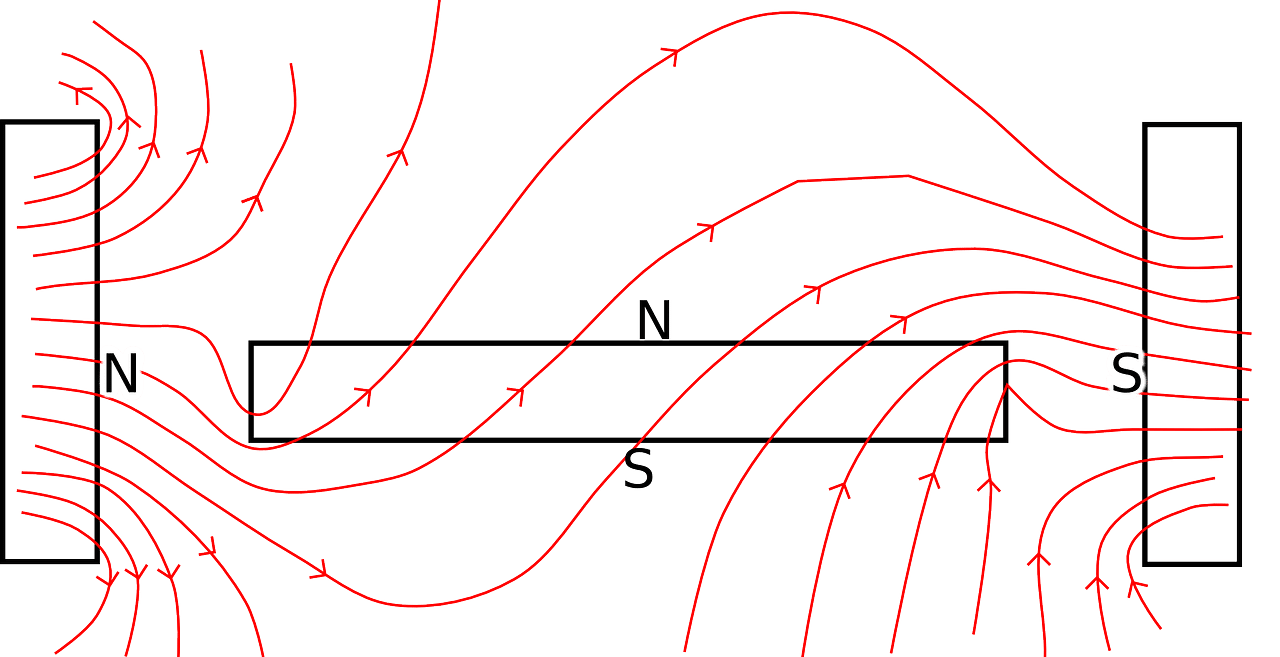
Reluctance can be used as a synonym for reluctance or aversion: "I have reluctance to commit to a relationship."
Reluctance is a concept with two meanings recognized by the Royal Spanish Academy ( RAE ). The first indicates that the term can be used as a synonym for reluctance : the disgust or annoyance felt when having to carry out a certain activity.
For example: “My boss's orders make me reluctant since he always asks me to do things that I do not want to do,” “The players' reluctance to the coach's instructions was evident,” “In war confrontations there is no space for reluctance: you have to abide by what your superiors say and that's it.”
Reluctance to commit to love
On an emotional level, we can say that there are people who clearly manifest a reluctance not towards a specific event that happens to them, but towards some feeling , value or “ obligation ” that exists in society. Thus, for example, we can highlight that there are individuals who openly declare that they have reluctance towards commitment in terms of relationships .
There are many reasons that may have led them to take that position. However, among the most common are previous love experiences that caused them great pain or having grown up and lived in an environment where relationships did not come to fruition and were linked to major problems.

The resistance exerted by a magnetic flux is called reluctance.
Resistance to magnetic flux
Reluctance, on the other hand, is linked to the resistance exerted by a circuit or a material to a certain magnetic flux . This means that the circuit or material in question resists the passage of the magnetic flux, opposing its magnetomotive force .
This is a concept similar to that of electrical resistance : in an electrical circuit, the current follows the path that offers the least resistance. In the case of a magnetic circuit, it is the magnetic flux that seeks to advance through the sector that exerts the least magnetic resistance (that is, that has the least reluctance).
As the reluctance of the material or circuit increases, more energy is needed to achieve the passage of magnetic flux through it.
The study of reluctance
In addition to all the above, we cannot ignore the fact that reluctance, as a relationship between magnetic flux and magnetomotive force, was a term that was coined in the 19th century . It was first heard exactly in 1888 and was invented by the English physicist and mathematician Oliver Heaviside .
However, although it was the aforementioned scientist who coined it, it should not be overlooked that the person who took the first steps to discover reluctance as such was the Danish physicist Hans Christian Oersted , who already in 1813 came to predict electromagnetic phenomena. Furthermore, his research and studies were what led to establishing the foundations of electromagnetism. Precisely for all this, we have to state that the unit of reluctance is the oersted , in homage to this man of science.
It is possible to calculate the magnetic reluctance from the following equation : the reluctance (which is measured in ampere by Weber) is equal to the length of the circuit over the magnetic permeability times the sectional area of the magnetic core.
